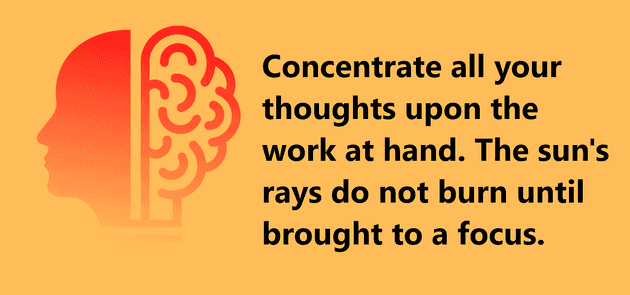Technologies used to build extensions
Some HTML, CSS, and Javascript is all it takes to build an extension.
What is step 1?
Step 1 is setting up a manifest.json file. In it, you will specify things like name, description, app version, manifest_version, icons, and components you will be using.
Service workers
Service workers are a big part of the architecture when building extensions. They replace a concept known as background pages. Service workers essentially have access to some api’s that other parts of your extension do not. The team at Google created an architecture in this way to prevent a lot of security issues that would arise from development without them.
Forewarning: The extension documentation is NOT great
The extension documentation is in an “in-between” phase at the moment as manifest version 2 phases out and version 3 phases in. You’ll find some pages refer to v2 without any mention that this won’t work in v3. Refer to the migration guide before diving too deep to be aware of what will and won’t work with the latest version.
Understand promises
A lot of the methods return a promise for the chrome apis. chrome.storage for example returns a promise anytime you set or get information from local storage. The async/await pattern is a good thing to brush up on if you want to work with promises in an easy way. Here is an in-depth explanation with some examples of how to use promises.
Getting your app in a ready-to-review state takes longer than expected
There’s a lot of prep that goes into launching an extension. You need a privacy policy, you need a developer account ($5), you need to take some screen shots of your app, you need to specify your “single-use”, why you use certain permissions, etc. It’s not as easy as dropping your zipped-up code somewhere. It’s NOT hard, just a bit tedious. Here is a guide on how to publish.
Privacy policy
You’re going to need a privacy policy, especially if you’re collecting and handling personal or sensitive user data. What does “handle” mean? Refer to this legal-jargon-filled document. I found a privacy policy generator online that can help spit one out. I’m not taking payments or collecting sensitive info so I did not scrutinize every single detail of the generated template, but you may have to.
Need a bare bones build tool?
Try esbuild if you just need something simple to minify and bundle your project. It’s so easy to get it up and running, I much prefer it to something like webpack. Also, Google says to NOT obfuscate your code FYI.
Security, Security, Security
Do you know what can cause a XSS attack? How about what a Content Security Policy is? Cross-origin resource sharing? Brush up on these terms and review the extension development best-practices.
How did I make my logo?
Canva! It costs (at the time of this post) $12.99 per month and you can cancel anytime. I love how easy it is to use and how many options I have to make a logo look really, really good.
Conclusion
I hope some of this knowledge helps you build your own extension! Good luck.
